Horse Chestnut Cutting Propagation – Will Horse Chestnuts Grow From Cuttings
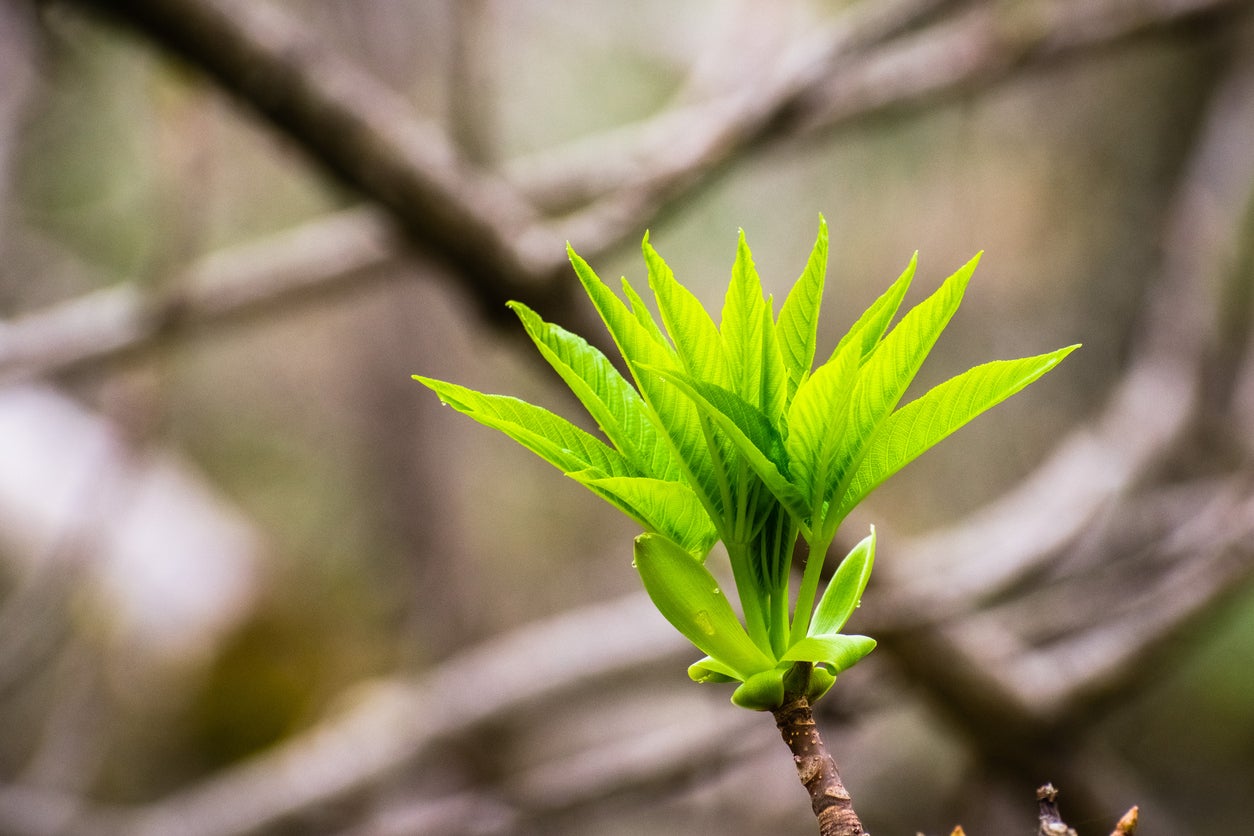

The horse chestnut tree (Aesculus hippocastanum) is a large, attractive specimen that grows well in most areas of the U.S., although it is native to the Balkan region of eastern Europe. It now grows everywhere in the Northern Hemisphere. Many grow it for the large, showy flowers. And, of course, it is a great shade tree. But can you root horse chestnut cuttings to grow your own tree in the landscape?
Horse Chestnut Cutting Propagation
There are a few ways to propagate this tree. Growing from the dropped conkers is one way of getting them started. You may ask, “will horse chestnuts grow from cuttings?”. They will, and it is actually one of the easiest ways of horse chestnut cutting propagation. You may take young softwood cuttings in spring or hardwood cuttings in autumn. Take cuttings from the youngest trees available, as immature cuttings reproduce best.
How to Take Horse Chestnut Cuttings
Learning when and how to take horse chestnut cuttings often determines your success in growing this tree. Take hardwood cuttings in autumn when leaves fall off the horse chestnut tree. These should barely bend. Take these from dormant branches about an inch around. Softwood cuttings are best clipped in spring. They will be tender and bendable.
Rooting horse chestnut cuttings is fairly simple. Keep the cutting oriented properly (right-side up). Take cuttings that are about 4 to 6 inches (10-15 cm.) long and about the diameter of a large crayon. Start off by taking your starts from the terminal end of the branch.
Scrape the bark off the bottom of the cutting in a couple of spots. This promotes faster root growth and is also a good way to keep them right side up when you take cuttings from further down the stem.
You may dip cuttings in a rooting hormone before sticking them if you like. Make sure the hormone is not out of date. Cuttings will likely take root without treatment.
When growing horse chestnut cuttings, root them in porous, well-draining soil. Add coarse sand to the mix, or perlite if you have it on hand. Some sources recommend a mix of pine bark at 50% with the remaining ingredient being regular potting soil. Quick drainage and enough water retention to keep the soil moist is what you want.
Gardening tips, videos, info and more delivered right to your inbox!
Sign up for the Gardening Know How newsletter today and receive a free copy of our e-book "How to Grow Delicious Tomatoes".
You may use a deep propagation tray or stick several cuttings into a container. Only about 2 inches (5 cm.) of the cutting should be visible. When sticking several in a pot together, allow a few inches (5 to 10 cm.) between them, or enough room to work with them later without damaging the young roots.
Softwood cuttings will likely need more attention, as they’ll be starting during the summer heat. Keep them out of the direct sun and keep the soil consistently moist. Store planted hardwood cuttings in a greenhouse or building where they won’t freeze during winter. Keep their soil moist as well. Keep them in the fridge if you’re waiting until spring to plant.
Don’t tug on the cuttings to check the roots, but wait until you see greenery sprouting. Repot or plant into the ground when roots fill the container, usually a few weeks, depending on season and location.

Becca Badgett was a regular contributor to Gardening Know How for ten years. Co-author of the book How to Grow an EMERGENCY Garden, Becca specializes in succulent and cactus gardening.
-
 8 Perfect Flowers To Plant With Tomatoes To Boost Yields & Banish Pests
8 Perfect Flowers To Plant With Tomatoes To Boost Yields & Banish PestsDon’t forget flowers when choosing companion plants for your tomato beds or pots. These pretty, fragrant blooms add beauty but are also highly beneficial.
By Mary Ellen Ellis
-
 Want The Longest Lasting Hydrangea Flowers? Grow These 8 Panicle Hydrangea Varieties
Want The Longest Lasting Hydrangea Flowers? Grow These 8 Panicle Hydrangea VarietiesFor ornamental shrubs that deliver the longest flowering seasons with plush blooms and delicate hues, these panicle hydrangea varieties are essential in your yard
By Tonya Barnett
-
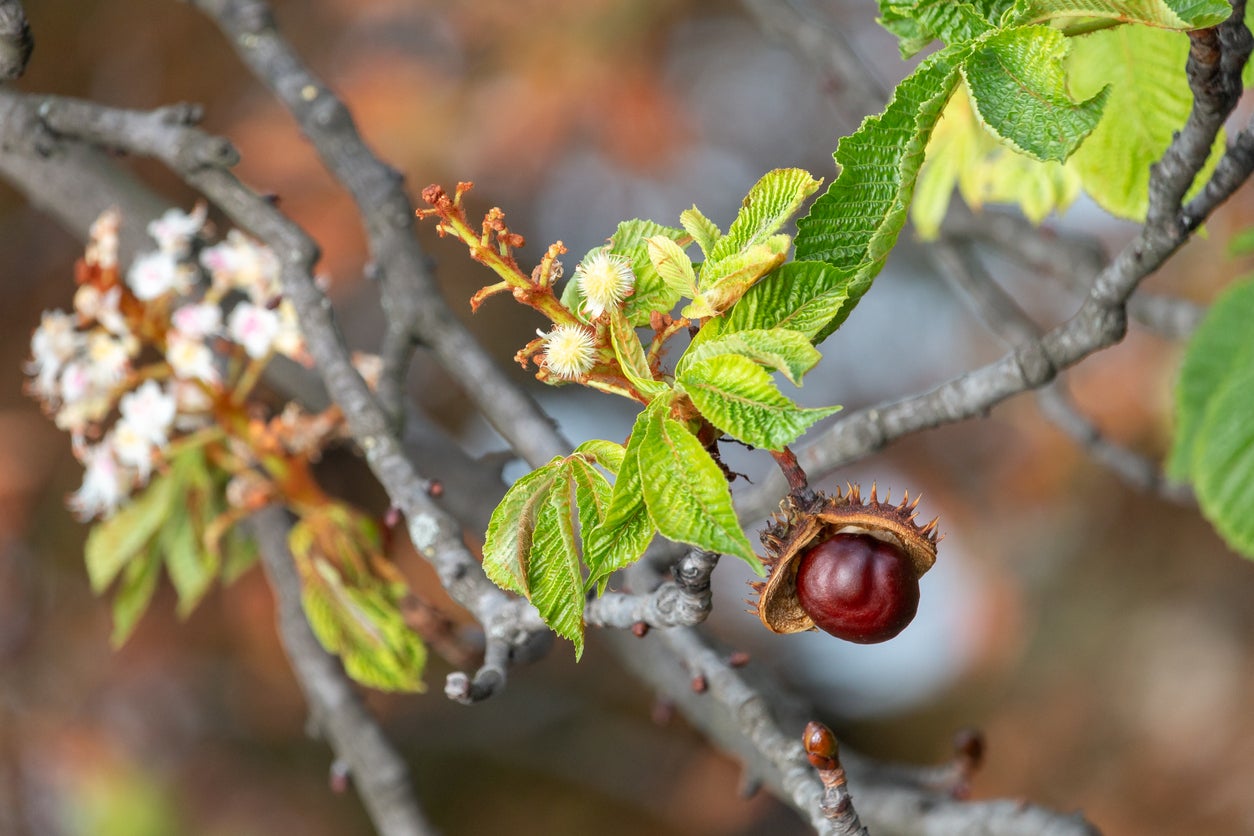 Horse Chestnut Pruning: Should You Cut Back Horse Chestnut Branches
Horse Chestnut Pruning: Should You Cut Back Horse Chestnut BranchesWhat does it take to keep a horse chestnut tree healthy? Do you need to cut back a horse chestnut? The following information on horse chestnut pruning discusses the pros and cons of pruning horse chestnut trees and how to prune them. Click here to learn more.
By Amy Grant
-
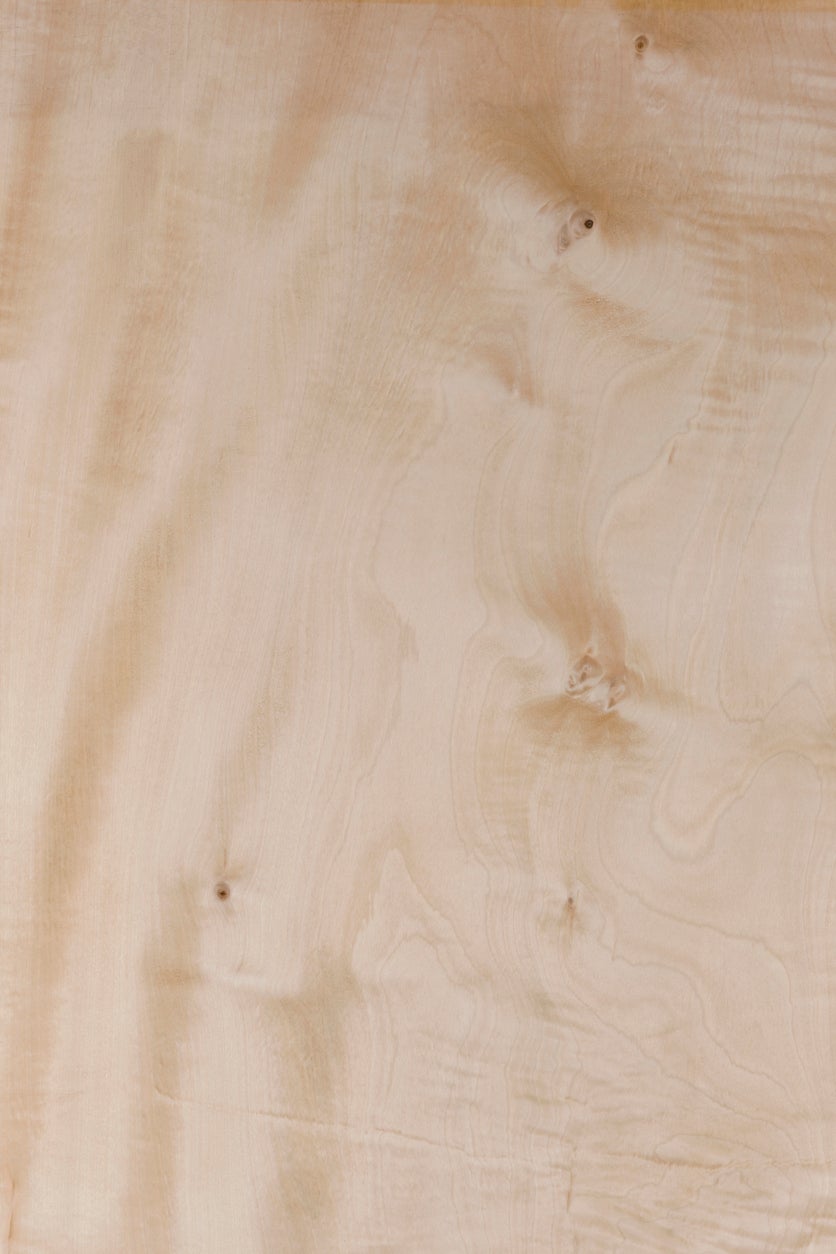 Uses For Horse Chestnut Wood – Building With Horse Chestnut Trees
Uses For Horse Chestnut Wood – Building With Horse Chestnut TreesBuilding with horse chestnut isn’t common because it is a weaker wood compared to others, and doesn’t resist rot well. But, with its creamy color and other desirable characteristics, there are some uses for horse chestnut in woodworking and turning. Learn more here.
By Mary Ellen Ellis
-
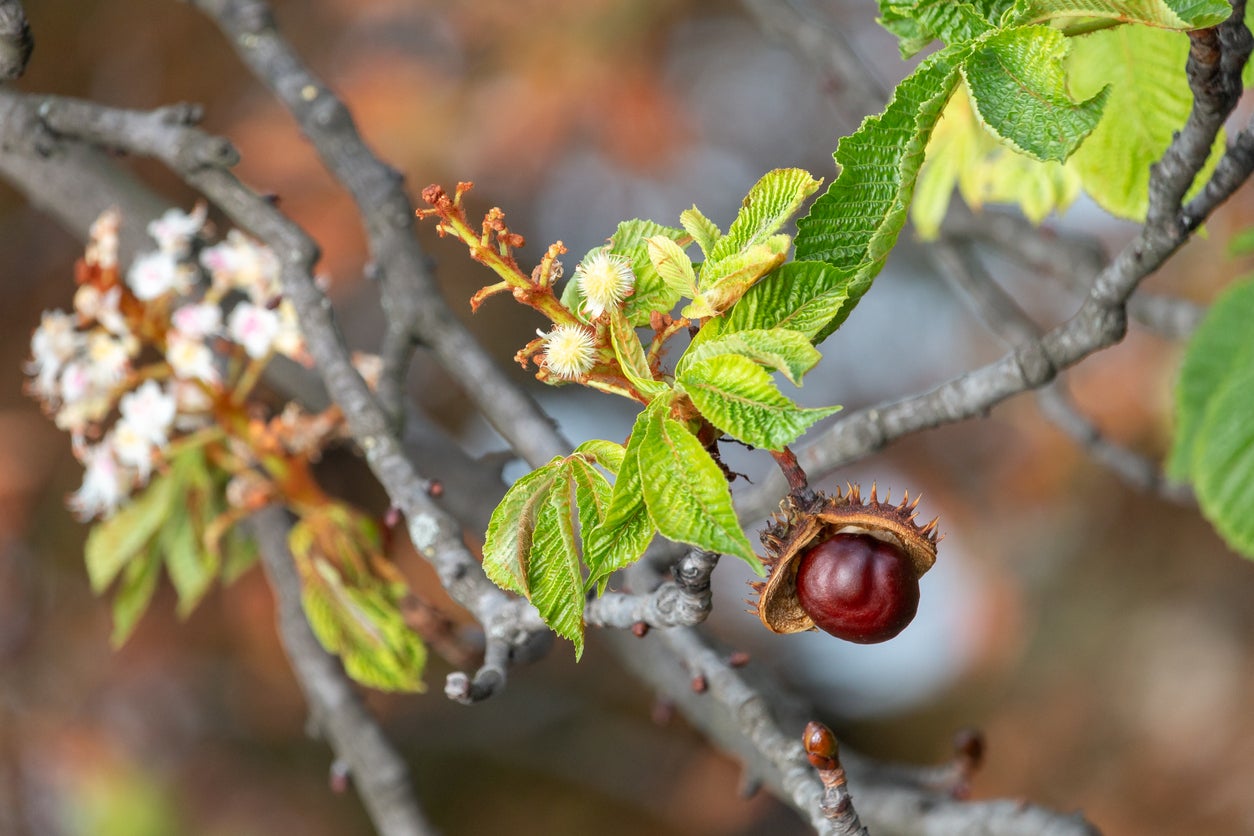 Horse Chestnut Varieties – Are Buckeyes And Horse Chestnuts The Same
Horse Chestnut Varieties – Are Buckeyes And Horse Chestnuts The SameOhio buckeyes and horse chestnuts are closely related but they aren’t the same. Wondering how to tell the difference between buckeyes and horse chestnuts? Learn the distinguishing characteristics of each and more about other Aesculus varieties in this article.
By Mary H. Dyer
-
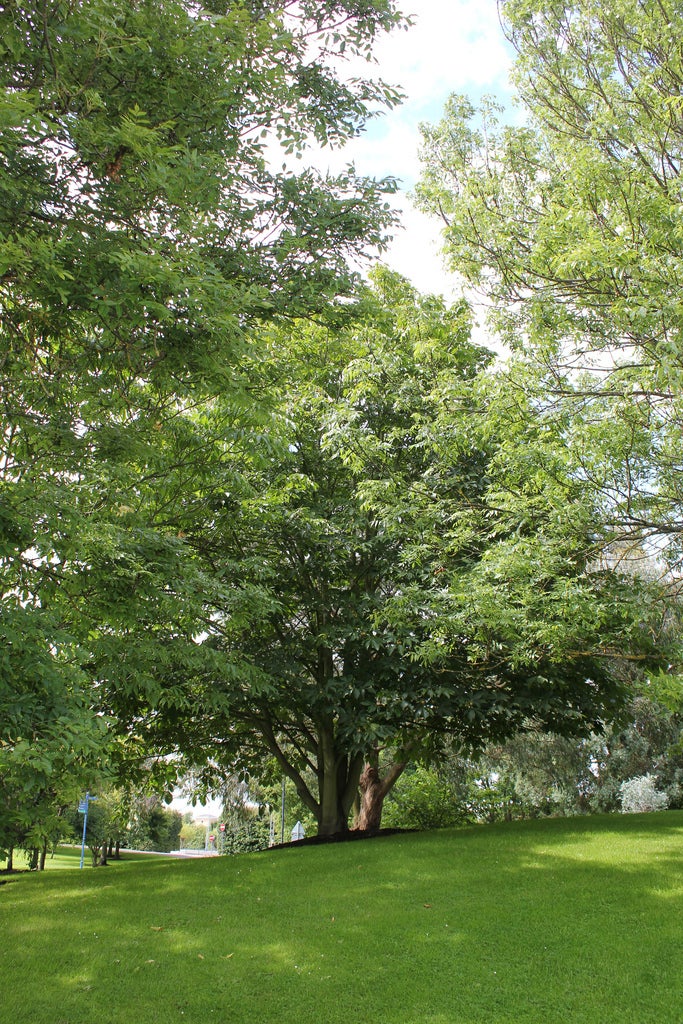 Japanese Horse Chestnut Info: Tips For Growing Japanese Chestnut Trees
Japanese Horse Chestnut Info: Tips For Growing Japanese Chestnut TreesIf you’re looking for a truly spectacular shade tree, look no further than the Turbinata chestnut, also known as the Japanese horse chestnut, tree. Want to learn more? Click on the following article for Japanese horse chestnut info and care for this impressive tree.
By Amy Grant
-
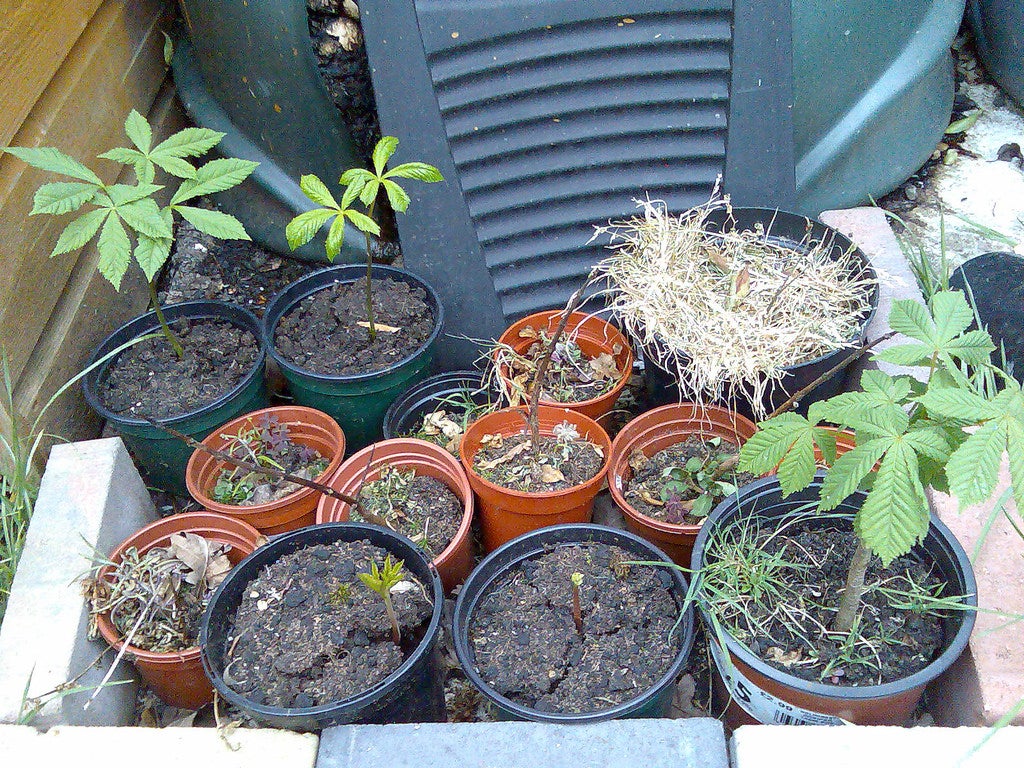 Potted Horse Chestnut Care – Can Horse Chestnut Trees In Containers Survive
Potted Horse Chestnut Care – Can Horse Chestnut Trees In Containers SurviveThe prolific fruit litter from horse chestnuts results in hundreds of intriguing nuts that can be container grown into trees. However, a potted horse chestnut is a short-term solution. Learn more about growing horse chestnuts in containers here.
By Bonnie L. Grant
-
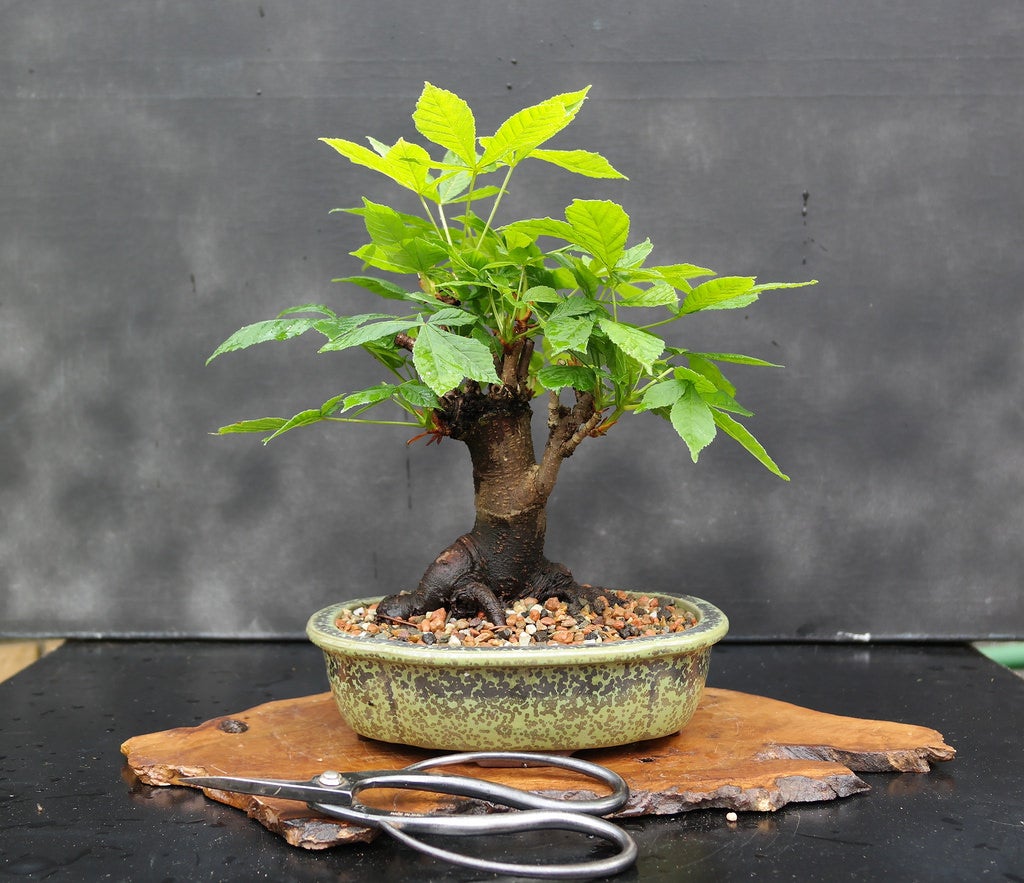 Horse Chestnut Bonsai Plants – Can You Grow A Horse Chestnut Bonsai Tree
Horse Chestnut Bonsai Plants – Can You Grow A Horse Chestnut Bonsai TreeNewcomers to the art of bonsai might have some trepidation about using an expensive specimen for their first attempt. Many native trees can become beautiful bonsai for little cost. Take the horse chestnut, for example. Find out how to grow a horse chestnut bonsai here.
By Amy Grant
-
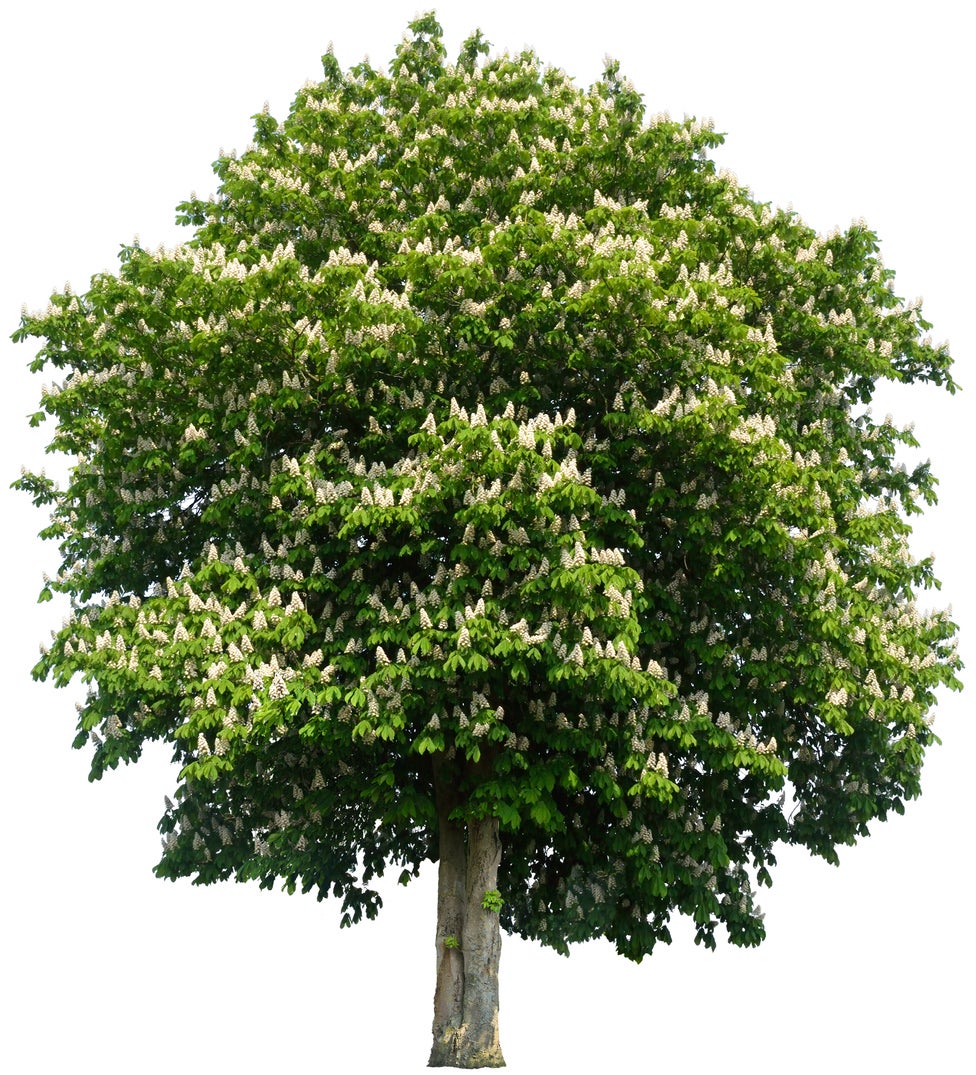 Baumann Horse Chestnut Trees – Care Of Baumann Horse Chestnuts
Baumann Horse Chestnut Trees – Care Of Baumann Horse ChestnutsThe Baumann horse chestnut is an interesting combination of both an attractive flowering tree and one that provides pleasant shade in the summer. Want to see if this tree is a good fit in your landscape? Click here for additional information.
By Tonya Barnett
-
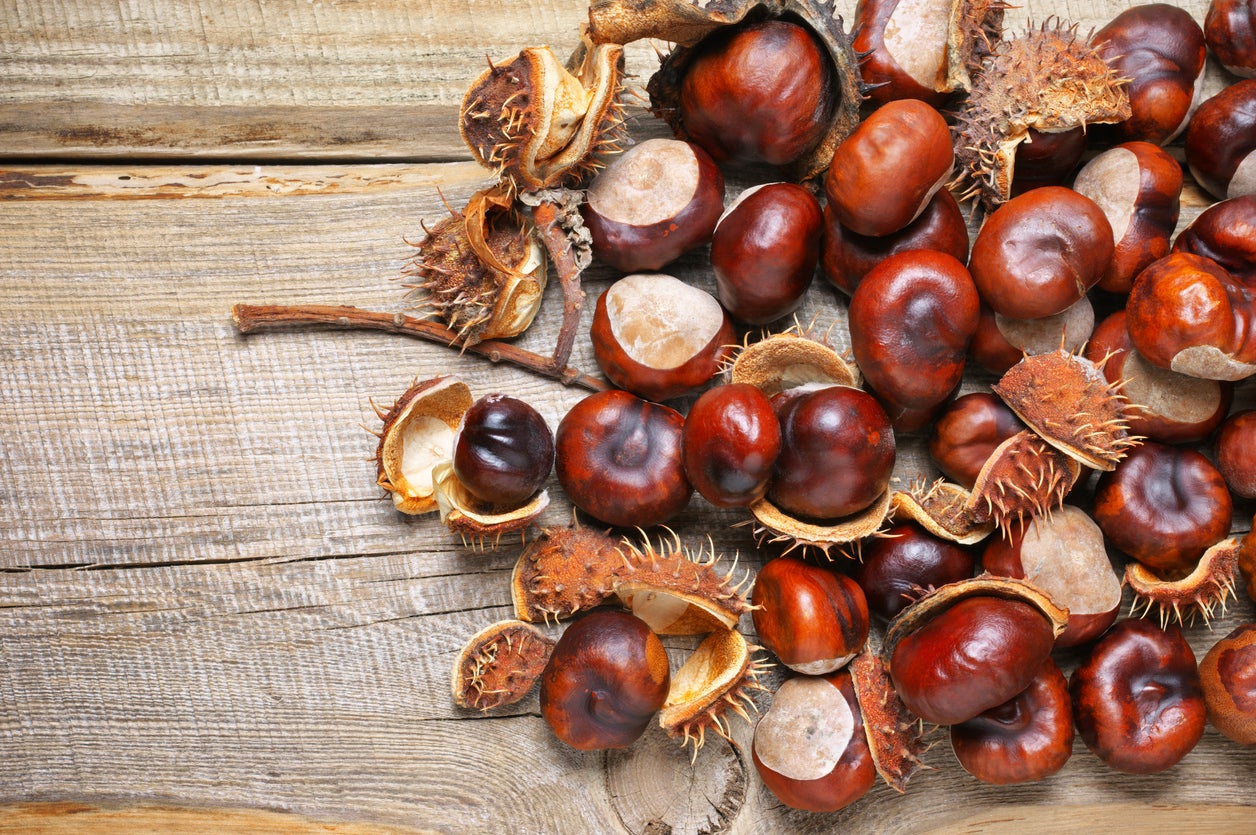 Are Horse Chestnuts Edible: Learn About Toxic Horse Chestnuts
Are Horse Chestnuts Edible: Learn About Toxic Horse ChestnutsWhen you hear the song about chestnuts roasting on an open fire, don’t mistake these nuts for horse chestnuts. Horse chestnuts are a very different nut. Are horse chestnuts edible? They are not and should not be consumed by people, horses, or other livestock. Learn more here.
By Teo Spengler